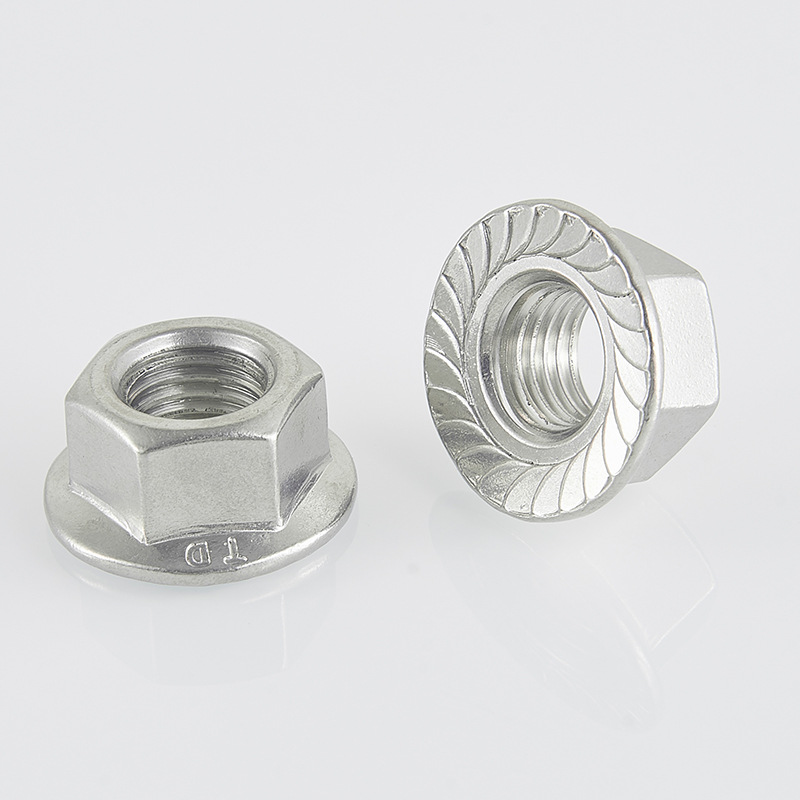

bolt hot dip galvanized
Nov . 17, 2024 12:43 Back to list
bolt hot dip galvanized
Understanding Bolt Hot-Dip Galvanization A Comprehensive Guide
In the world of construction and manufacturing, the durability and longevity of materials are paramount. One of the most effective ways to enhance the lifespan of steel fasteners, such as bolts, is through a process known as hot-dip galvanization. This article explores what hot-dip galvanization is, its benefits, the process involved, and its applications, particularly focusing on bolts.
What is Hot-Dip Galvanization?
Hot-dip galvanization is a metallurgical process used to coat steel or iron with zinc in order to prevent rusting and corrosion. The process involves immersing the steel fasteners in a molten bath of zinc at a temperature of approximately 450 degrees Celsius (842 degrees Fahrenheit). This method not only provides a protective barrier but also creates a strong metallurgical bond between the zinc and the steel, ensuring long-lasting protection.
The Hot-Dip Galvanization Process
The hot-dip galvanization process consists of several critical steps
1. Surface Preparation Before galvanization, the steel bolts must undergo thorough cleaning to remove contaminants such as oil, dirt, and rust. This can be done through mechanical means or chemical cleaning baths. This step is essential to ensure proper adhesion of the zinc coating.
2. Fluxing After cleaning, the bolts are dipped in a flux solution, typically made from zinc ammonium chloride. This helps to remove any remaining oxides from the surface and prepares the steel for galvanization by promoting wetting of the zinc.
3. Galvanization The prepared bolts are then submerged in the molten zinc bath. The temperature of the molten zinc allows it to chemically react with iron in the steel, forming a series of zinc-iron alloy layers. This reaction solidifies as the bolts are withdrawn from the bath, resulting in a durable coating.
4. Cooling The galvanized bolts are cooled either in air or through a cooling bath. This solidifies the zinc coating and enhances its adhesion to the steel substrate.
5. Inspection Finally, the coated bolts undergo rigorous inspection to ensure uniformity and thickness of the zinc layer, adhering to industry standards.
Benefits of Hot-Dip Galvanization
The hot-dip galvanization process offers numerous benefits for steel bolts, making it a preferred method in various industries
bolt hot dip galvanized

- Corrosion Resistance Zinc acts as a sacrificial anode, protecting the underlying steel from corrosion even if the coating is scratched or damaged.
- Longevity Galvanized bolts can last for several decades, significantly extending the life of structures and reducing maintenance costs.
- Adherence to Standards Hot-dip galvanized products typically meet or exceed national and international standards for corrosion resistance, such as ASTM A123.
- Cost-Effectiveness While the initial investment may be higher than that of uncoated bolts, the long-term savings on maintenance and replacement costs make hot-dip galvanized bolts a cost-effective choice.
- Eco-Friendly Zinc is a naturally abundant resource, and hot-dip galvanization is a sustainable practice that minimizes the environmental impact compared to other protective coatings.
Applications of Hot-Dip Galvanized Bolts
Hot-dip galvanized bolts are widely used in various applications, including
- Construction In building structures, bridges, and towers where exposure to the elements is inevitable.
- Marine Engineering Bolts used in coastal or marine environments benefit greatly from corrosion protection.
- Agriculture In agricultural equipment and installations, galvanized bolts enhance durability and performance.
- Transportation Infrastructure like roadways and railways often employ hot-dip galvanized fasteners due to their strength and longevity.
Conclusion
In summary, hot-dip galvanization is an invaluable process for enhancing the durability of steel bolts. Its numerous benefits, ranging from superior corrosion resistance to cost-effectiveness, make it an ideal choice for various applications. As industries continue to prioritize sustainability and longevity in materials, hot-dip galvanized bolts will undoubtedly play a vital role in construction and manufacturing well into the future.
Latest news
-
Premium Fasteners Manufacturer | AI-Driven Solutions
NewsAug.01,2025
-
Hot Dip Galvanized Bolts - Hebei Longze | High Strength, Corrosion Resistance
NewsAug.01,2025
-
High-Strength Hot Dip Galvanized Bolts - LongZe | Corrosion Resistance, Custom Sizes
NewsAug.01,2025
-
Best Self Tapping Screws for Drywall - Fast & Secure Installation
NewsJul.31,2025
-
High-Strength Hot Dip Galvanized Bolts-Hebei Longze|Corrosion Resistance&Customization
NewsJul.31,2025
-
Hot Dip Galvanized Bolts-Hebei Longze Metal Products|Corrosion Resistance&High Strength
NewsJul.31,2025

